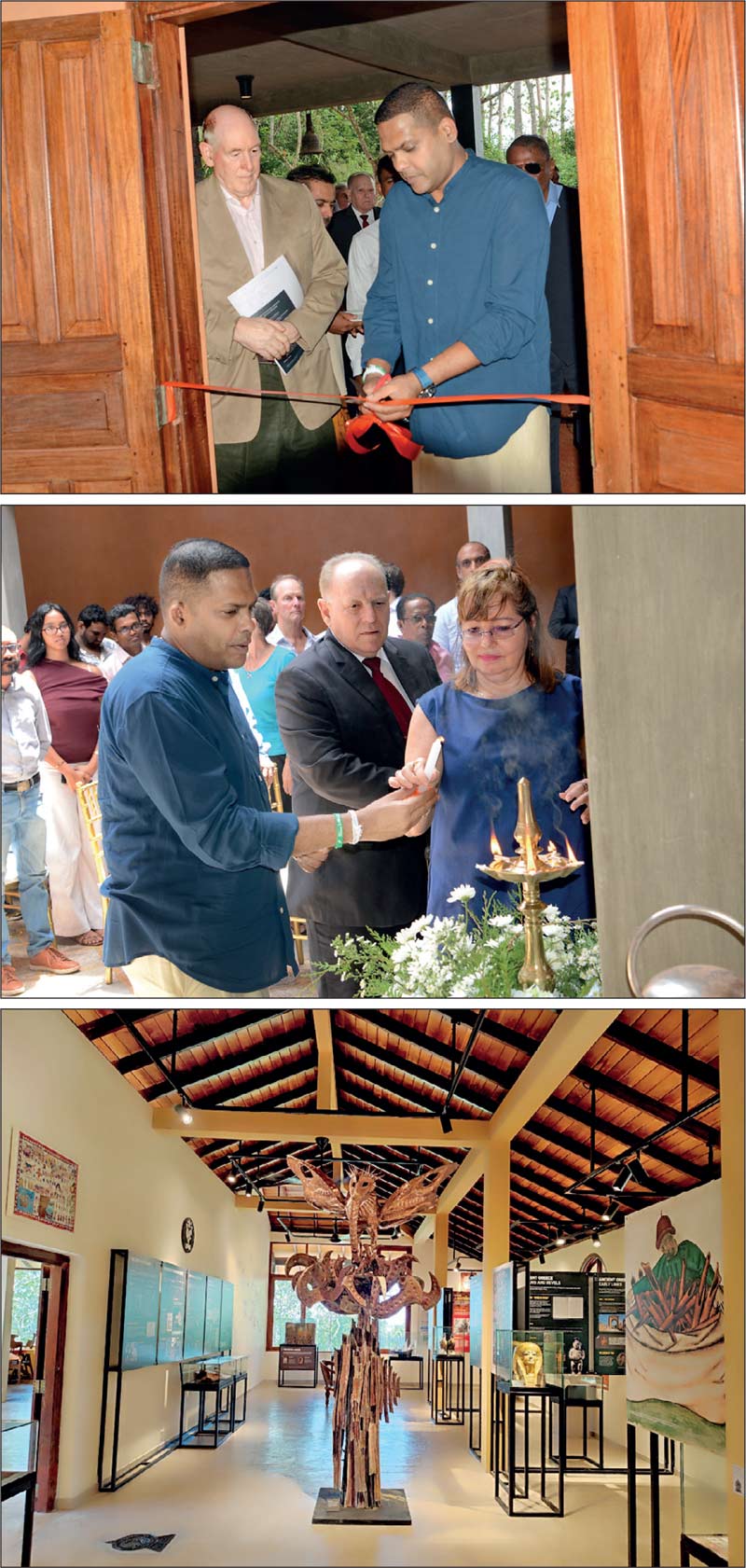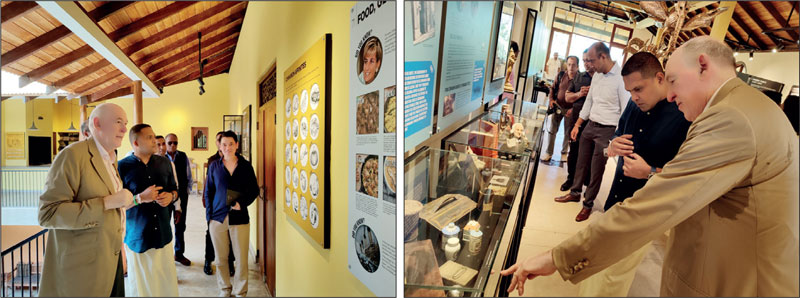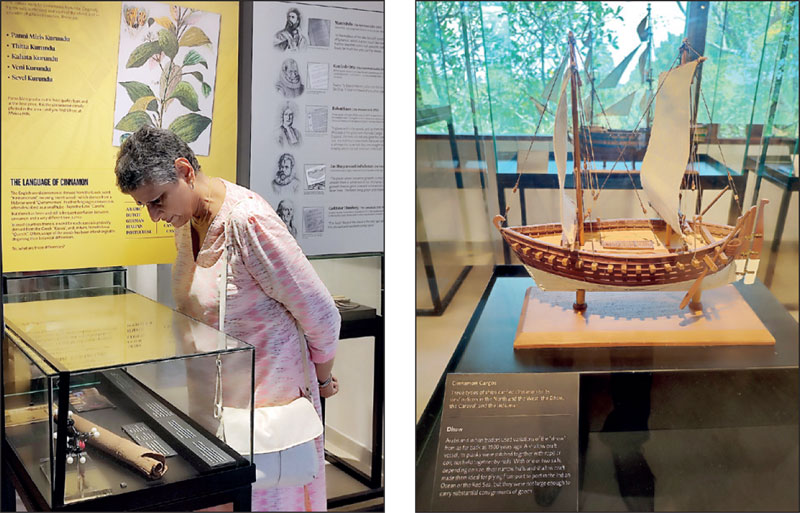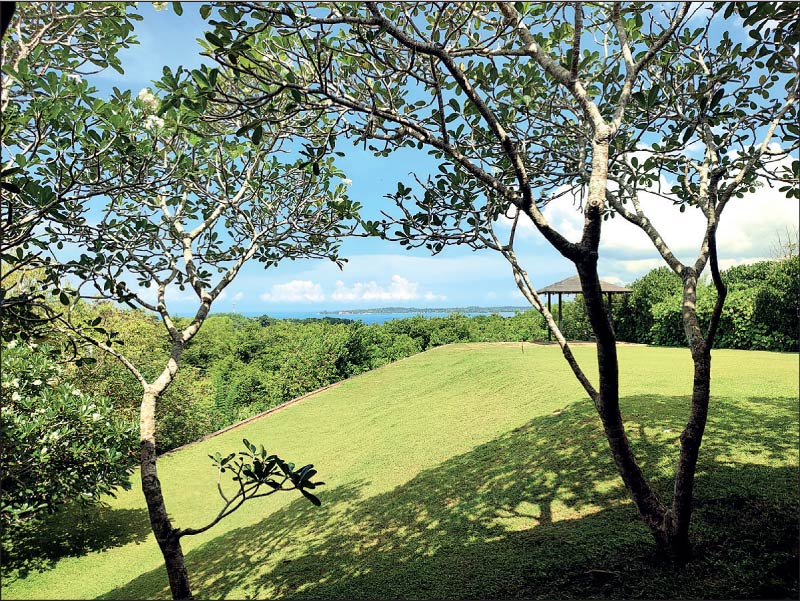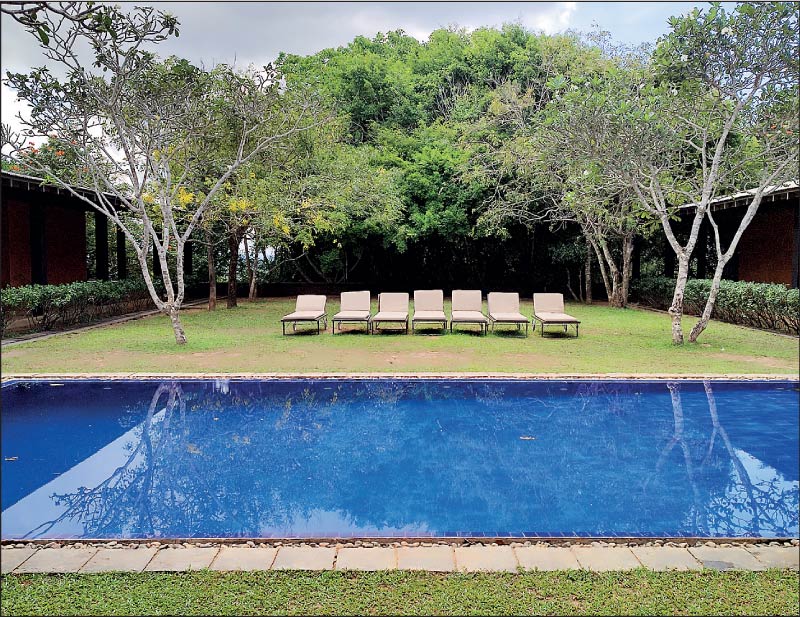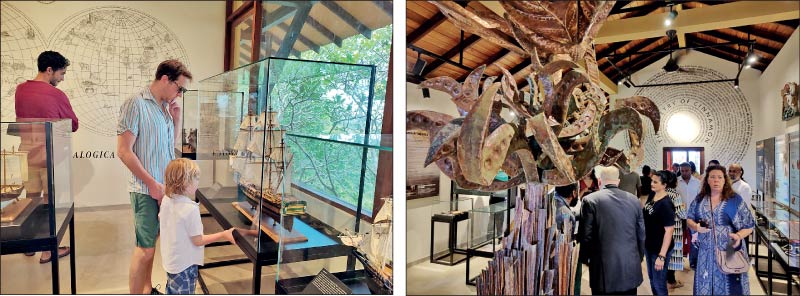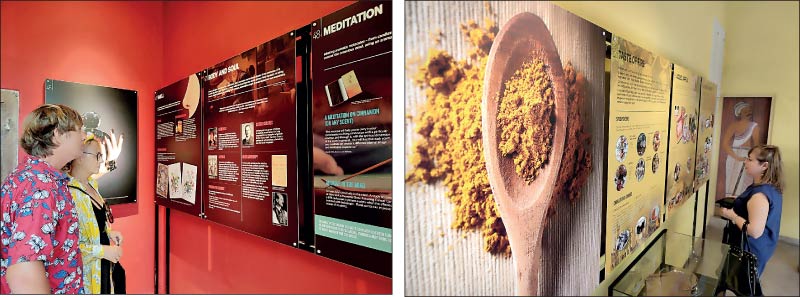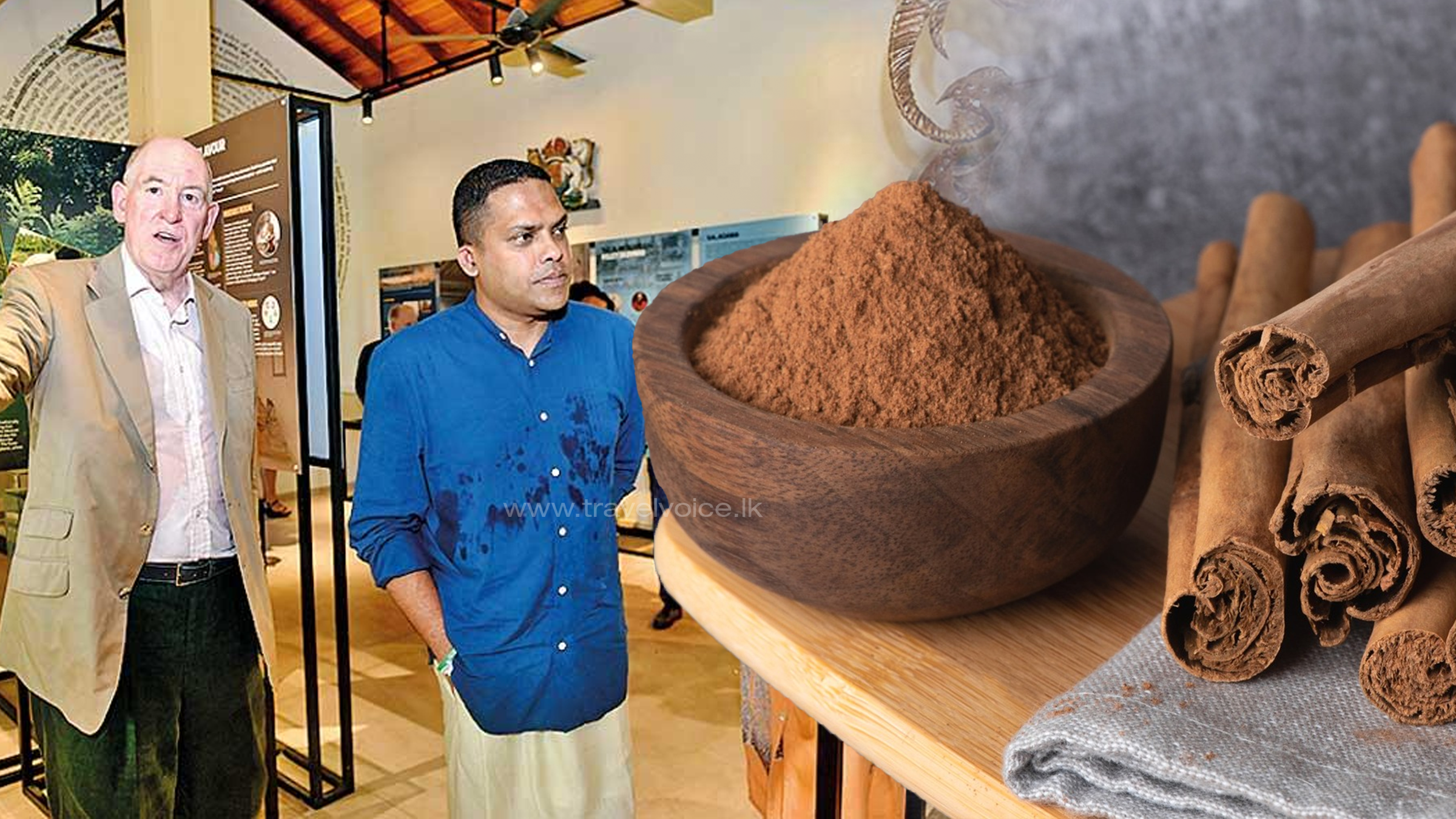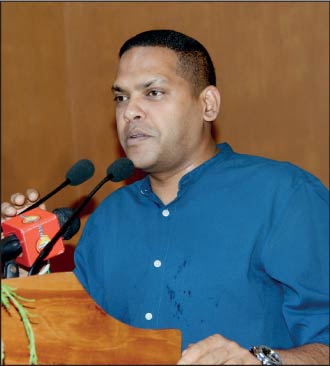
Spotlighting Sri Lanka’s significance and rich spice heritage, the world’s first cinnamon museum opened its doors on 6 April at Mirissa Hills Estate, offering picturesque views and a treasure trove of stories.
The Cinnamon Museum, founded by Ogilvy and Mather Former Global CEO Miles Young, was inaugurated by Tourism Minister Harin Fernando. The museum functions as a fully-fledged visitor’s centre, providing tours and demonstrations of cinnamon peeling, as well as the opportunity to be at the centre of the estate and sample local food. The museum building overlooking gorgeous parts of the estate was designed by renowned architect C. Angelandran.
Speaking at the event, the Minister Fernando said that initiatives like The Cinnamon Museum highlighted Sri Lanka’s abundant offerings. “We have not exposed at least 20% of what Sri Lanka has to offer, just the same old Mirissa beach hotels, Weligama, Sigiriya and Arugam Bay. I don’t know how many of you know, Sri Lanka is the largest exporter of cinnamon and this is a brilliant idea. This is a product that Sri Lanka could be proud of. Tourism in Sri Lanka is doing pretty well and I would like to see this kind of new approach more. Making a value addition would do us a world of good.”
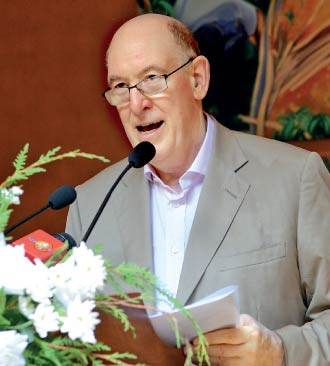
The museum, designed under the advice of Mirissa Hills Adviser Herman Gunaratne, displays information, exhibits and artwork narrating the story of cinnamon. The museum covers areas such as mentions and references to cinnamon throughout history, from ancient civilizations to the current day, Sri Lanka’s role as a primary cinnamon provider and exporter, cinnamon harvesting, peeling and preparation, its uses in different industries, references in popular culture and art, etc.
Speaking about how throughout history, Sri Lanka was treasured due to its high-quality cinnamon, Gunaratne said, “The Cinnamon Museum is going to be one of the world’s most important museums for people to understand about cinnamon.”
By Divya Thotawatte
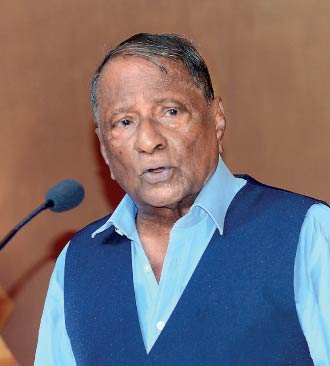
From concept to creation
Mirissa Hills Chairman Miles Young acquired the estate a few decades ago following a few business trips to the country. “I had to come to Sri Lanka sometimes on business, and as I was dealing with people here, someone said, well, there’s a very nice derelict cinnamon plantation. Why don’t you come and have a look at it? So the words ‘cinnamon plantation’ intrigued me and I came up here and the views were lovely. The fancy took possession of me a bit and I bought this piece of land. We’ve tried to upgrade it ever since, planting new cinnamon, hiring labour, recruiting peelers who come in on an annual basis to do the peeling.”
Then, Young saw an opportunity to bring further attention to the estate. While tourists and travellers visit Mirissa on holiday, there were few entertainment or educational activities available except visiting the beach or the neighbouring Handunugoda Tea Estate. There were people interested in seeing the cinnamon estate and therefore, Miles started tours of his estate. But mere tours also seemed inadequate where often times an explanation was needed.
Being trained as a historian, Miles was interested in the history of cinnamon, and considering that the role of cinnamon in history, trade and culture had been poorly documented so far, he was further driven to create the museum to share insight and stories on cinnamon. Furthermore, he has also built a bungalow close to the museum, renting out rooms for visitors who wanted to spend a few days among the scenic views of the estate. Meanwhile, the estate would grow the finest ‘true’ cinnamon while providing a sustainable enterprise within the community.
“Cinnamon is an under-exploited asset for tourism in Sri Lanka. Many visitors crave to know what it looks like but have nowhere to go. We will reveal the difference between ‘true’ cinnamon from here and cheap, poor-quality substitutes. But we also reveal the world of romance and legend which makes this spice unique. The museum is a celebration of cinnamon but also a tribute to all those who work in the trade and sustain the agricultural economy of Sri Lanka.”
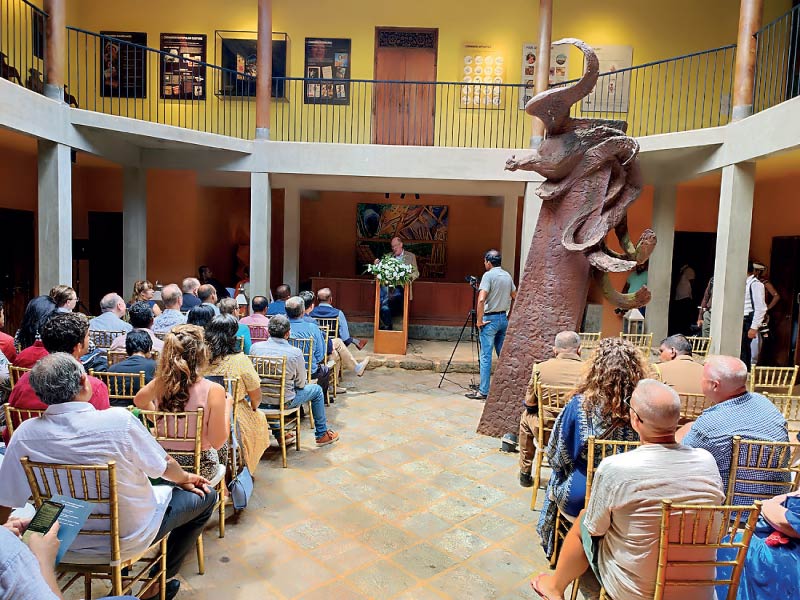

Ceylon/‘True’ Cinnamon
Cinnamon has been the most traded, most fought over and most treasured of all spices, from earliest history to the current day. The cinnamon of Sri Lanka has come to be known as its Latin term Zeylanicum and colloquially called ‘true’ cinnamon. Its soft under-bark is known to produce the most consumable and finest form of cinnamon.
But there has been and still is frequent confusion between cinnamon and cassia. Cassia is considered the ‘false’ cinnamon and mainly found in China, Vietnam and Indonesia. While it does contain cinnamaldehyde, it is an unrelated tree to cinnamon. Cassia has begun to be seen as cinnamon in some countries such as China and more frequently, America. Cinnamon and Cassia are not only different in taste, but the consumption of Cassia was also found to have health implications. The museum provides information on how to differentiate the two spices and avoid the ‘false’ cinnamon.
Pix by Shehan Gunasekara
